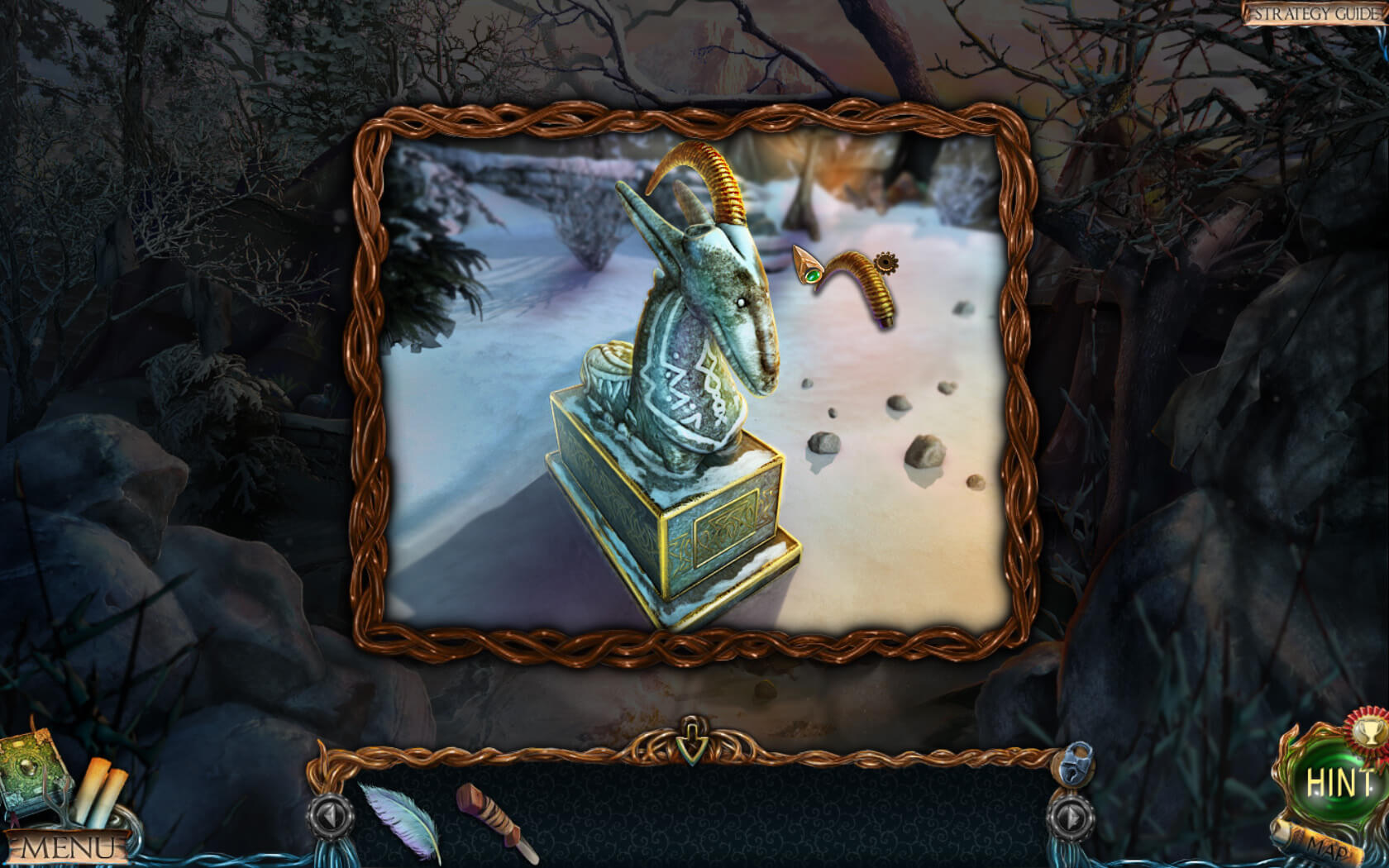
After you’ve saved your edits, apply the template to pages, assign it to the page you’d like to promote, and add it from the template suffix list.Remember, the new file will be formatted like this: “new-landing-page.liquid.” From there, you’ll be redirected to another screen where you can edit the HTML code.Open the directory for “sections.” If your theme is here, then it’s “Sectioned.” In this case, you’ll navigate to “Online Store” select your theme, then click “Actions” and select “Edit Code.” You’ll then see a list of directories containing “Liquid” files.Next, select “Actions” from the drop-down, then “edit code.” You can find this information by navigating to “Online Store Section” and clicking “Themes” from the drop down. Sectioned themes include page elements that are blocked together in “sections.” The idea is, the sections make it easier to edit pages with the drag-and-drop editor. Check if your theme is sectioned or unsectioned.Keep in mind, you will need to do a bit of HTML coding on your end. This allows you to adjust your landing page based on the traffic it receives. Create a new template within your Shopify theme.This will allow you to get personal and target pop-ups, notifications, widgets, and dynamic text based on specific campaigns. If you’re using any tracking parameters (think Facebook Pixel or Google Conversion Tracker) make sure to make a note of it.Make sure you choose something SEO-friendly that reflects the on-page offer and the copy used in your ads.


Your next move is to choose a Title and URL for the landing page.You can either add products manually or set up an automatic category. Head over to “Products” in your Shopify menu and choose “Collections” from the drop-down.Many e-commerce stores do use product collection pages as their landing pages. Here’s an example of what a collection might look like: Or, you might group items together by color or size, or create a collection for sale items (Shopify will walk you through the process of setting up a collection here, if you’ve never set one up before). Think “lamps,” “women’s pants,” “children’s shoes,” and so on. If you’re new to Shopify, product collections are essentially what they sound like, categories of products that make it easier for customers to find what they’re looking for. Create Shopify Landing Pages Based off of a Product Collection


Shopify states that they’ve limited JavaScript and CSS to ensure compatibility with all themes. Keep in mind, these templates are pretty basic. If the file doesn’t exist, you can create one in the Templates directory of your theme.
Drifting lands soundtrack code#
All you’ll need to do is copy the code in your list-collections.liquid file. The platform offers Liquid examples that you can add to the backend of your site, making it easy to add custom components without much coding experience.Įxamples include smaller elements you might add to a page like CTA buttons, featured content, and recommended blog posts.Īccording to Shopify documentation, adding the code to your site is a one-step process. Shopify themes are built using an open-source programming language called Liquid. Build Landing Pages from Scratch with Shopify Liquid Here, we’ll look at the different ways you can build a Shopify landing page from add-on page builders to third-party tools to some DIY coding. While the e-commerce website builder offers a ton in terms of website themes, marketing tools, and guidance for users of all levels, building high-quality landing pages depends on finding the right approach for both your e-commerce store and your design skills. And, it’s competitively priced, fully-hosted, and it plays nice with Amazon and all the socials. It’s a user-friendly platform more robust than Squarespace landing pages and more accessible than Magento or BigCommerce. Shopify is beloved by e-commerce beginners and enterprise sellers alike for its usability, versatility, and powerful integrations.


 0 kommentar(er)
0 kommentar(er)
